Nowadays, more and more people are suffering from acid reflux, GERD, and associated symptoms like heartburn, a burning sensation in the middle of the chest. People with these conditions often follow a diet low in acidic foods and drinks to avoid triggering their heartburn, which can be debilitating for some.
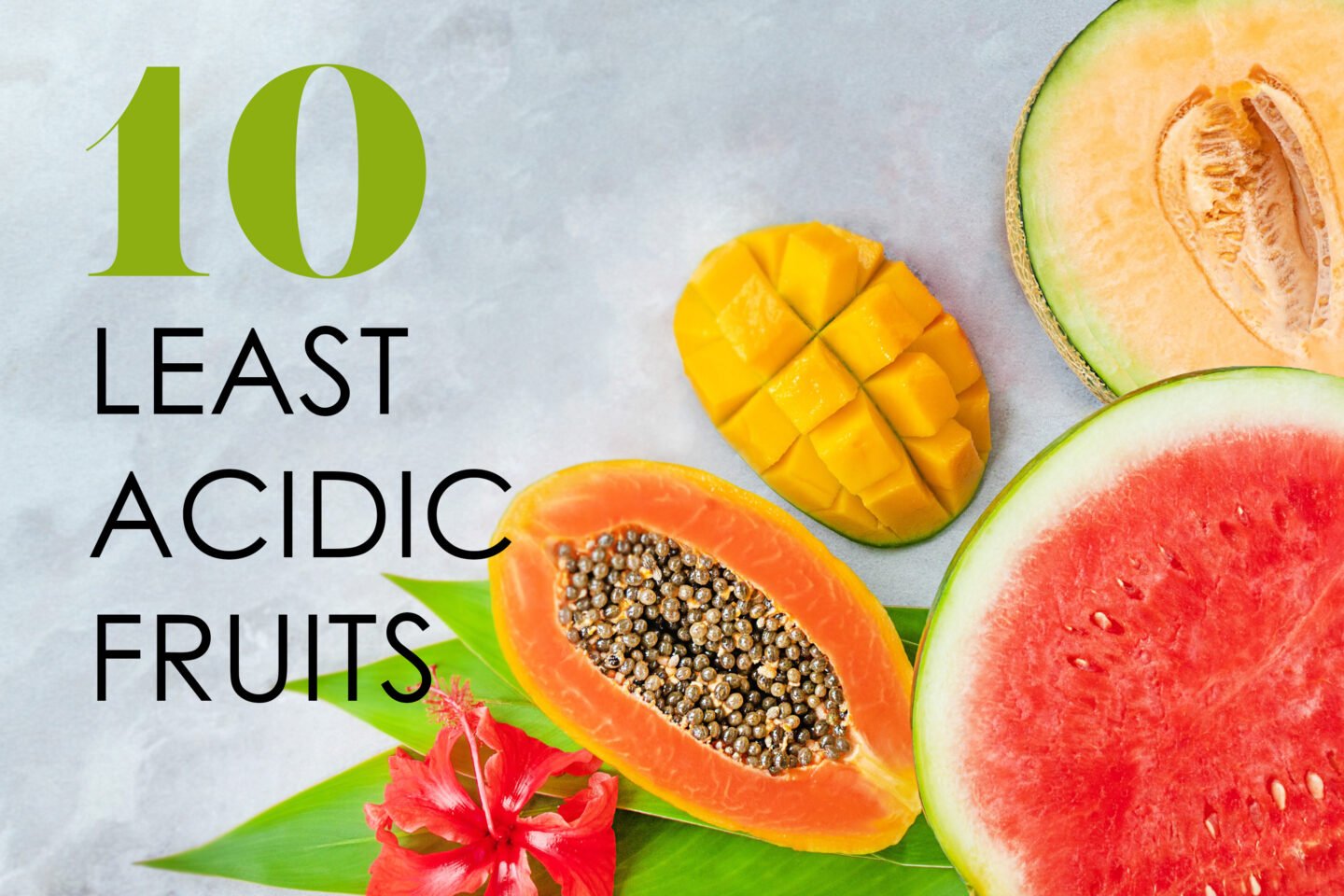
Such diets can be challenging, as followers must know the acidity of common foods and how each affects their symptoms. Many fruits are acidic, but does this mean people with acid reflux must avoid them all?
Table of Contents
Least Acidic Fruits
Most fruits are acidic and some are acid-forming, making them likely to trigger acid reflux symptoms. However, all are nutritious, and below we've listed ten of the best for those on a low-acid diet.
Don't know what to drink? Check out these articles: 20 Most and Least Acidic Juices and 20+ Alcoholic Drinks Ranked by Acidity Level
1. Avocados
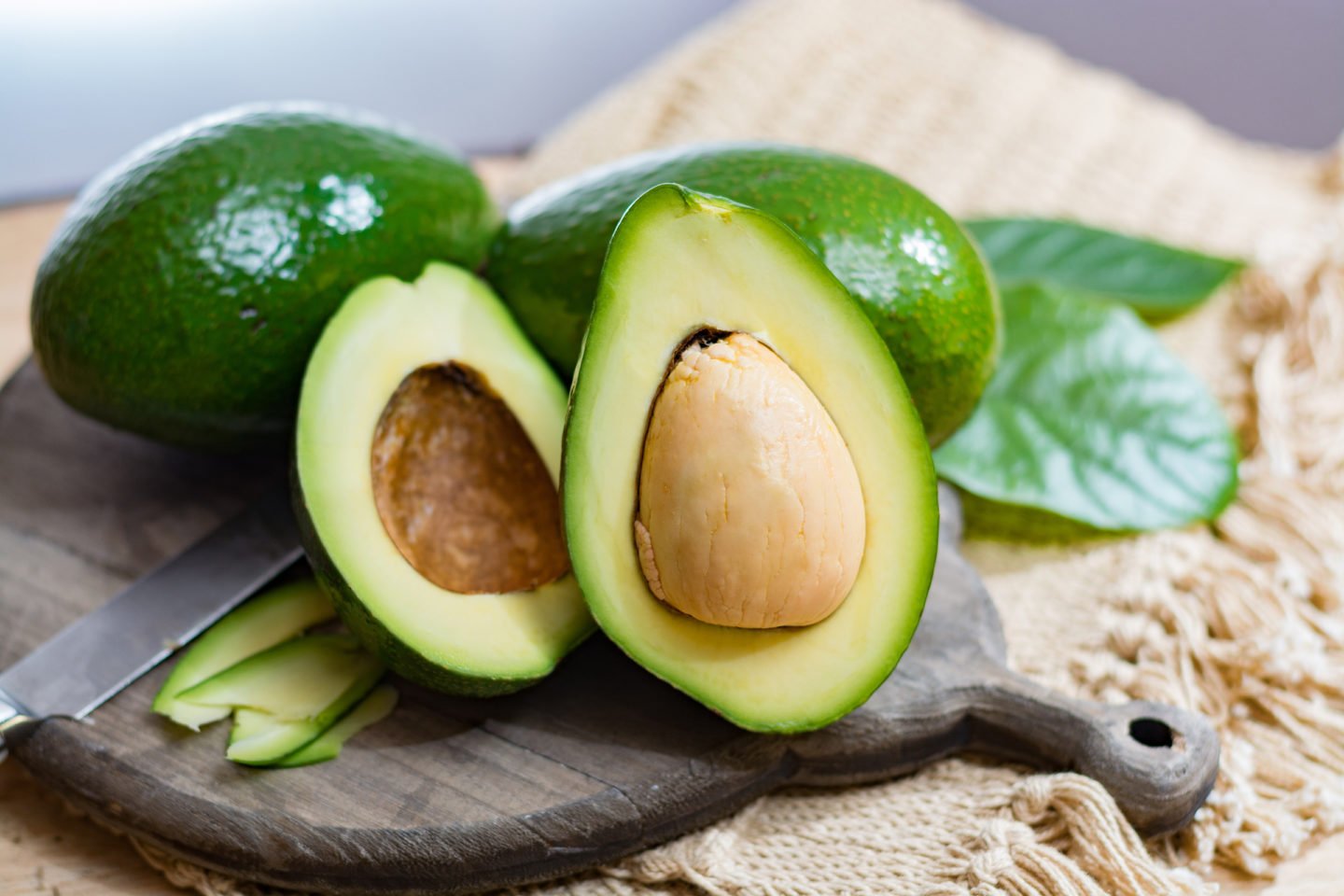
Avocados are slightly acidic, with a pH of 6.27-6.58, but they're also alkaline-forming and unlikely to trigger heartburn.
They're also rich in monosaturated fats, which help prevent heart disease and high blood pressure and are a great source of vitamins C and K, folate, and potassium.
2. Cantaloupe
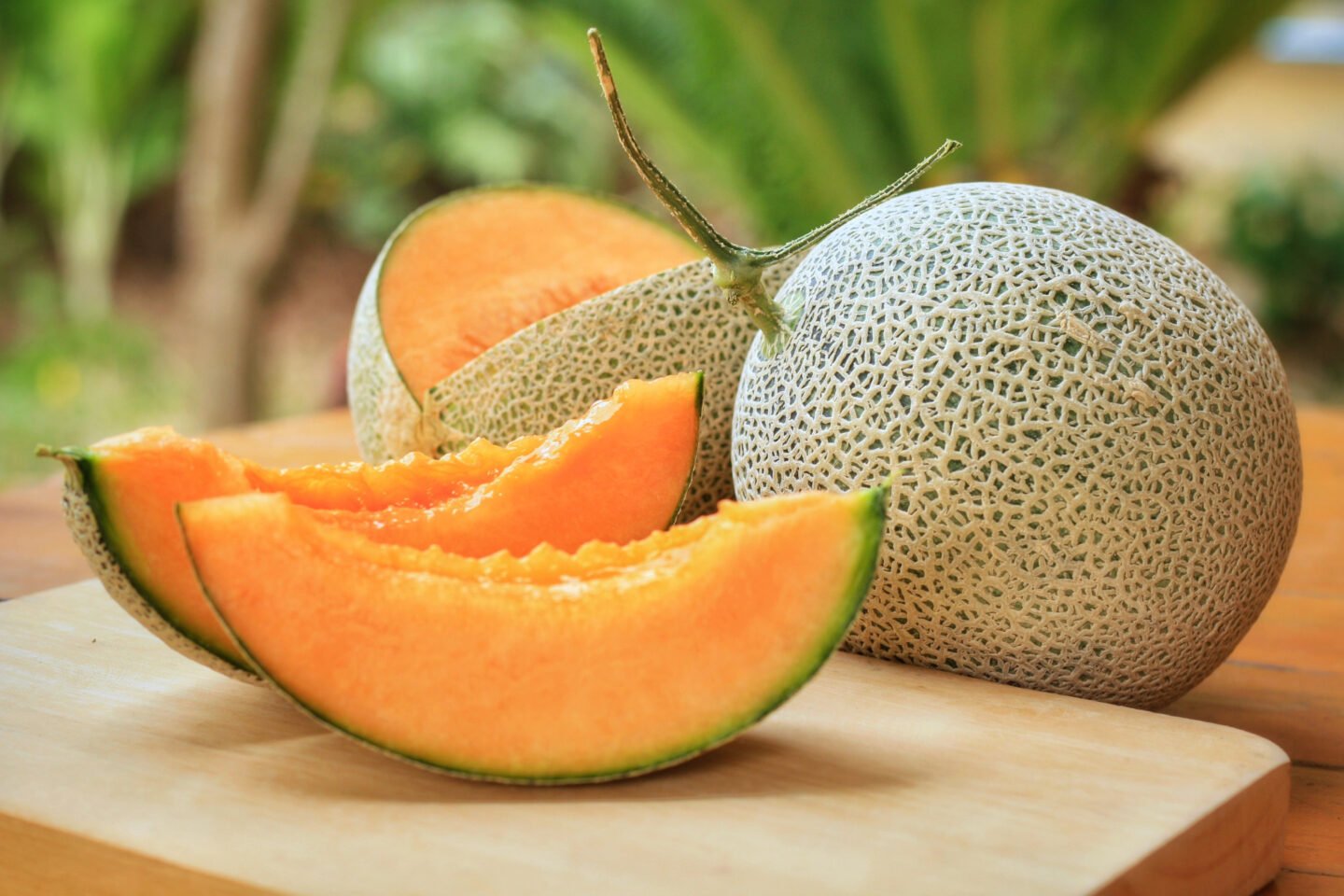
Cantaloupe is also slightly acidic, with a pH of 6.13-6.58. Like avocados, it's alkaline-forming, neutralizing gastric acid and reducing the likelihood of acid reflux.
They're an excellent source of vitamins C and A, which boost your immune system and keep your eyes healthy. They also contain potassium, which helps regulate blood pressure.
3. Mangos
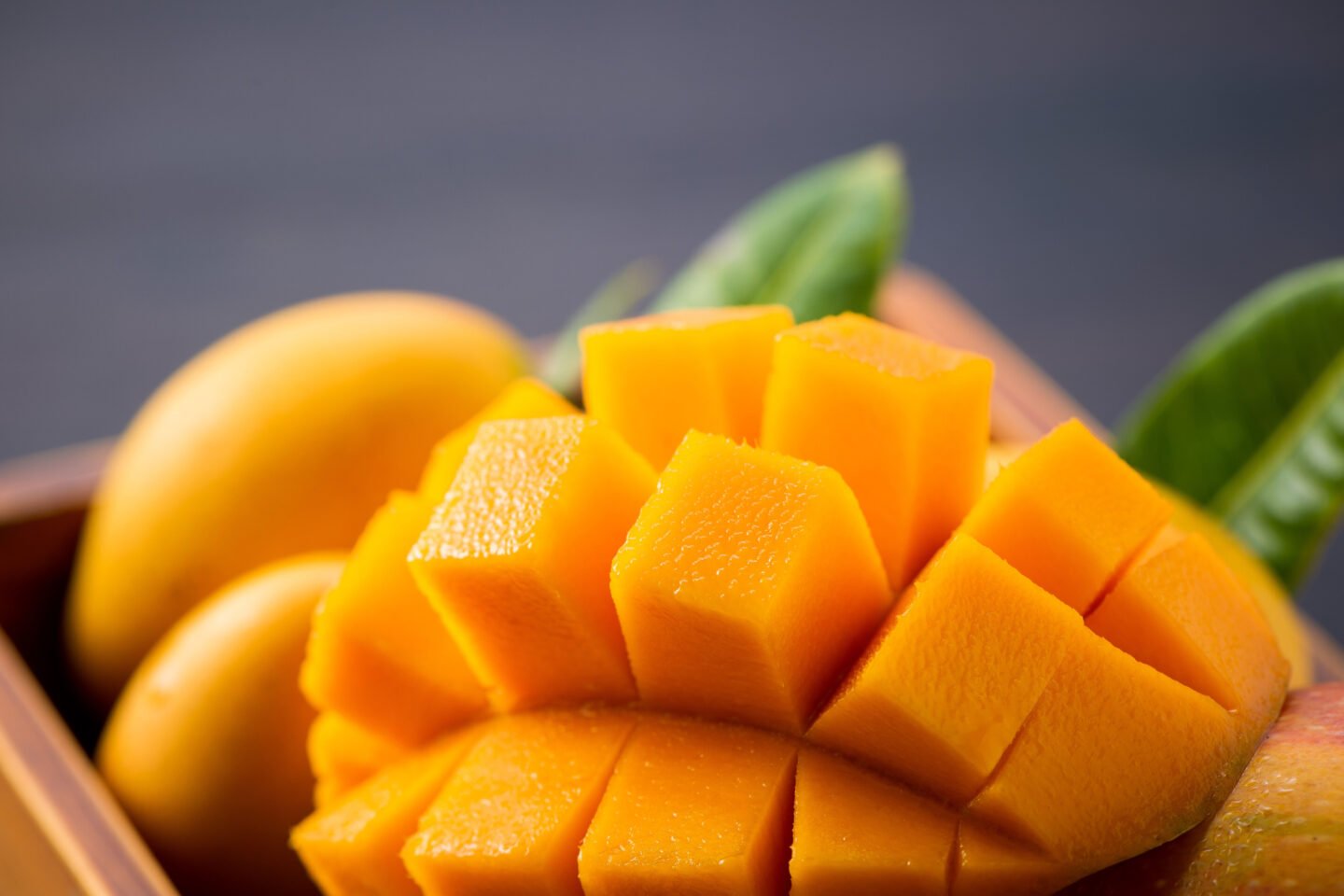
Depending on the variety, mangos have a pH of 2.40-6.00, making them acidic.
Mangos are an excellent source of vitamins A, C, B6, potassium, and copper. They're also rich in antioxidants, which reduce oxidative damage and your risk of developing diabetes, heart disease, and cancer.
4. Watermelon
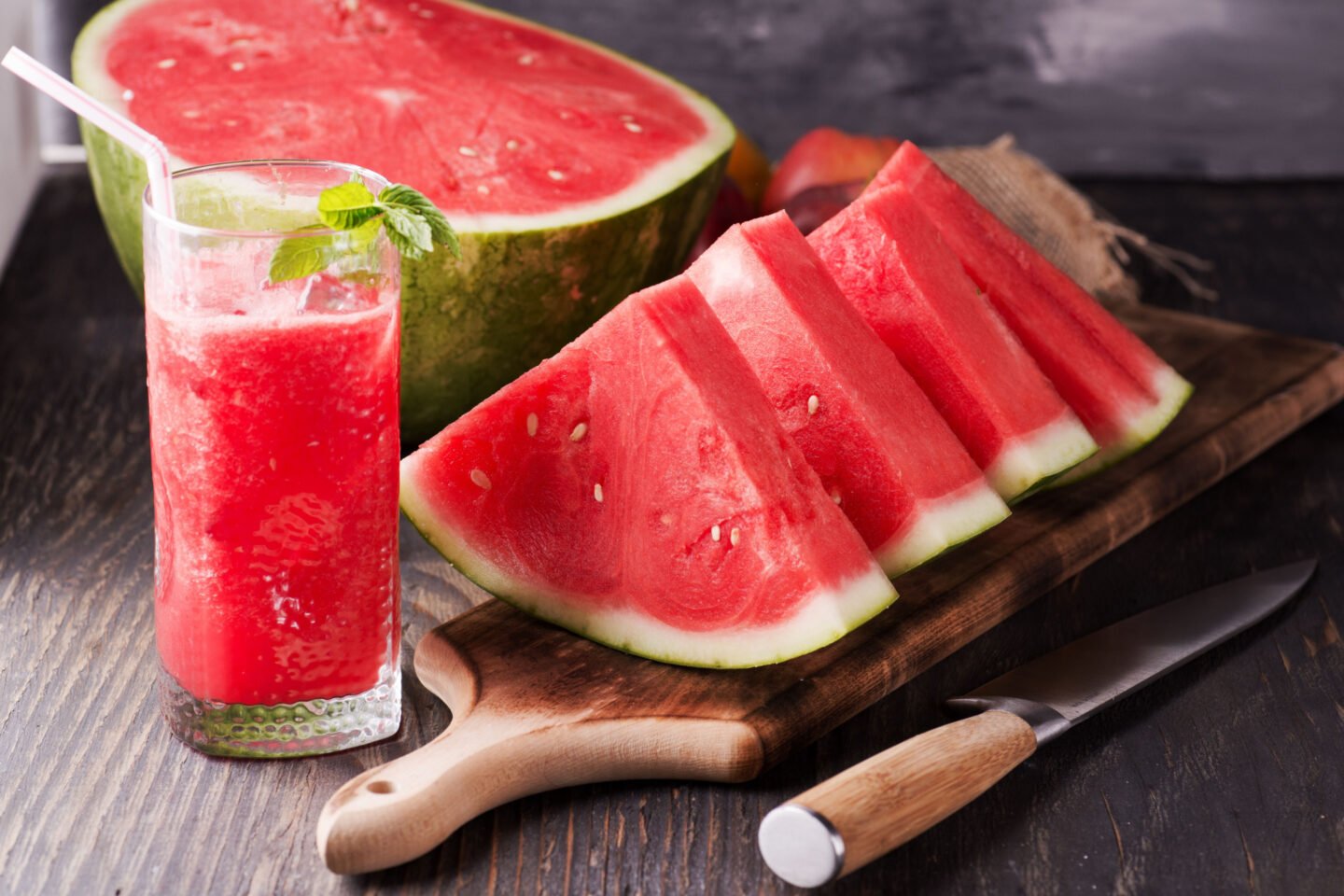
Watermelon has a pH of around 5.18-5.60, making it slightly acidic. It also contains a lot of vitamin C, magnesium, potassium, and antioxidants.
It's also anti-inflammatory, aiding post-exercise muscle recovery and preventing oxidative stress.
5. Honeydew
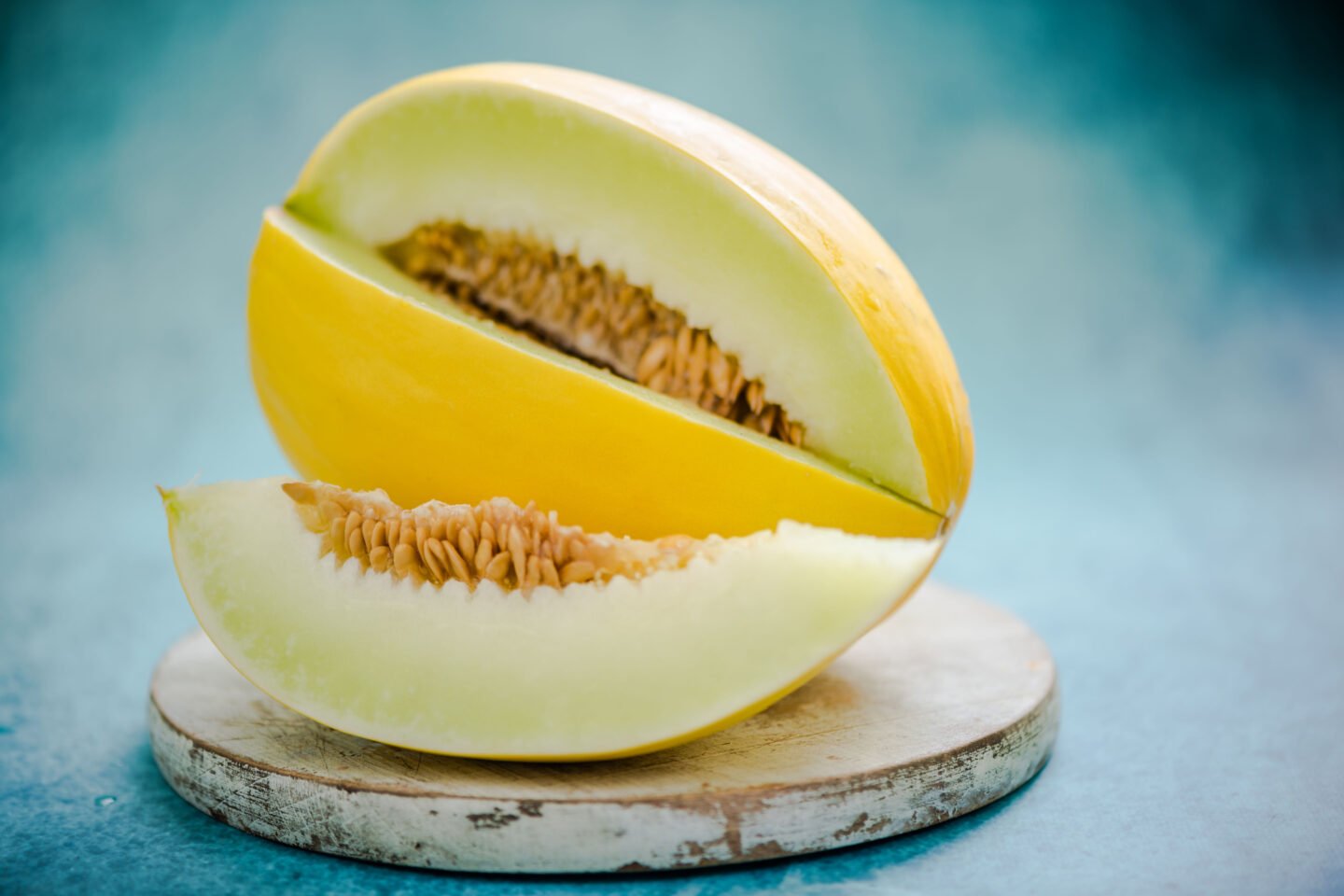
Like other melons, honeydew is slightly acidic, with a pH of 6.00-6.67, but produces alkaline byproducts when digested.
It’s also a good source of vitamin C and magnesium, both of which support a healthy immune system.
Honeydew melon contains compounds that can significantly benefit your skin health. These compounds are often found in skincare products.
6. Papaya
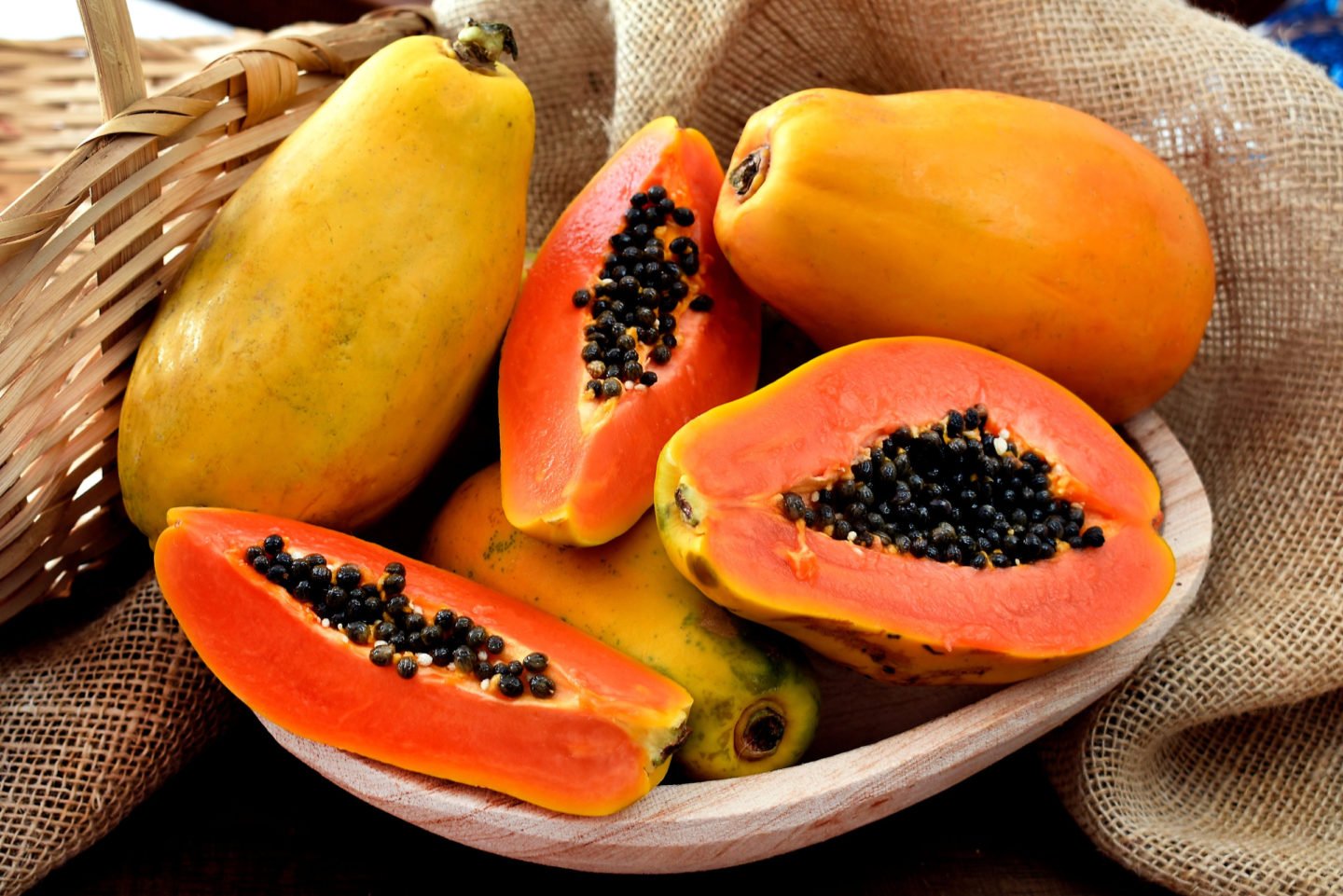
With a pH of 5.20-6.00, papaya is another excellent addition to a low-acid diet.
It’s high in vitamin C, folate, potassium, calcium, and fiber and contains antioxidants that lower bad cholesterol levels, reducing your risk of heart disease.
7. Bananas
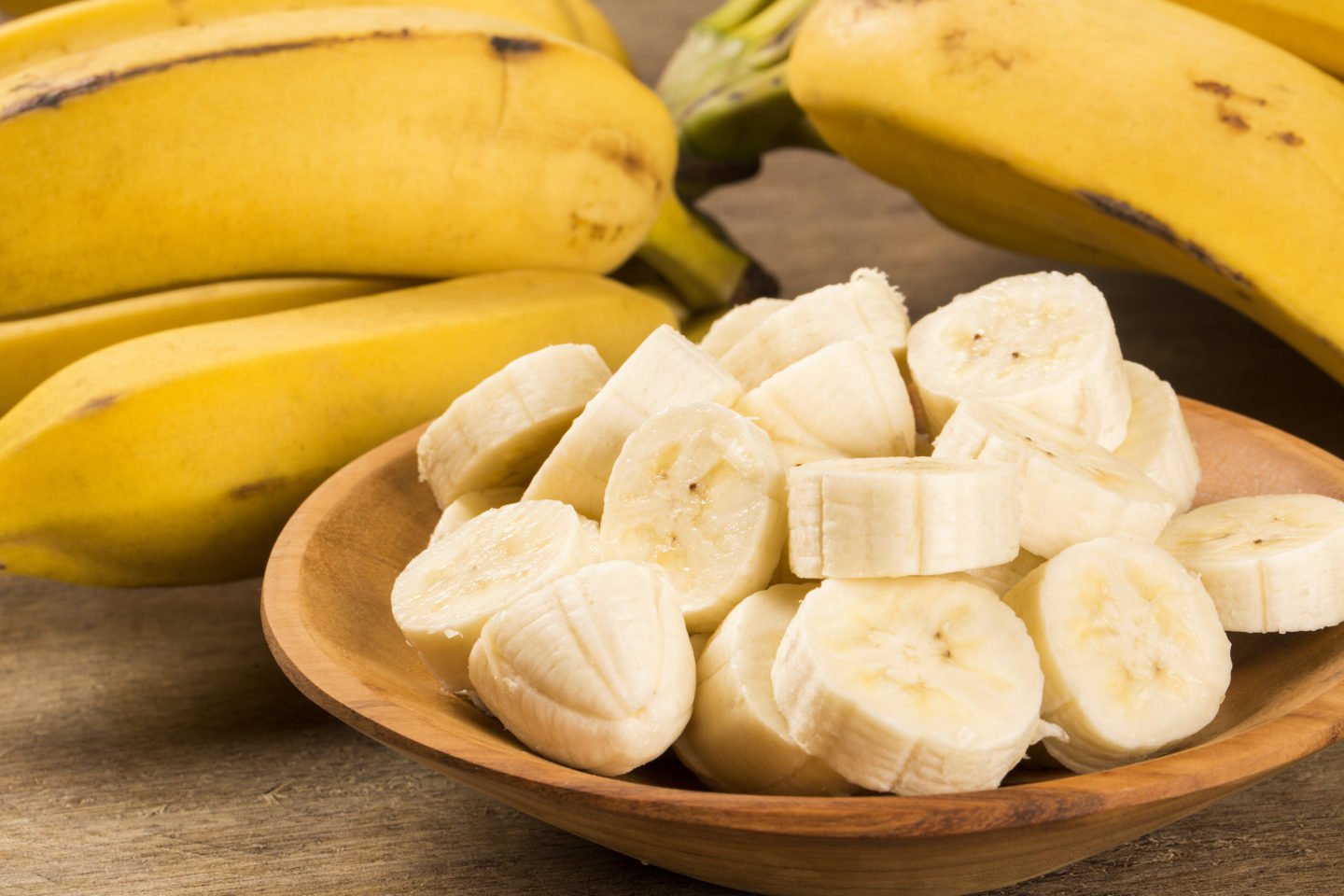
Bananas, with a pH of 4.50-5.20, are also slightly acidic but are an excellent source of potassium, which is essential for proper nerve and muscle function.
They're also full of fiber, which soaks up excess stomach acid, making acid reflux less likely.
Bananas also contain vitamins C, B6, and riboflavin.
8. Coconuts
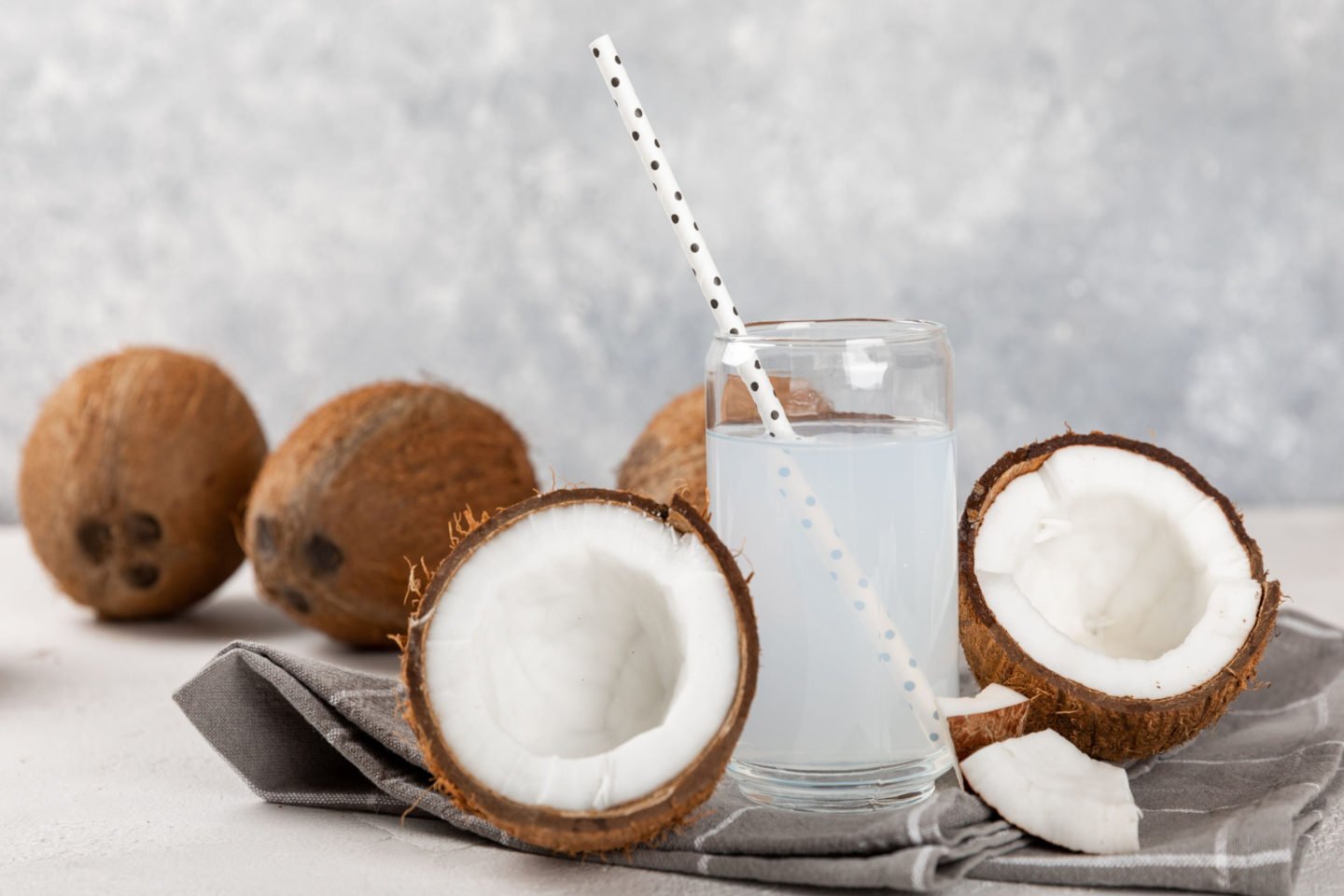
Coconuts have a pH of 5.50-7.80, making them anything from slightly acidic to alkaline. Although high in calories, they're alkaline-forming and recommended for those on a low-acid diet.
They're an excellent source of fiber, which soaks up excess stomach acid, preventing heartburn. They also contain potassium, phosphorus, folate, and manganese.
9. Figs
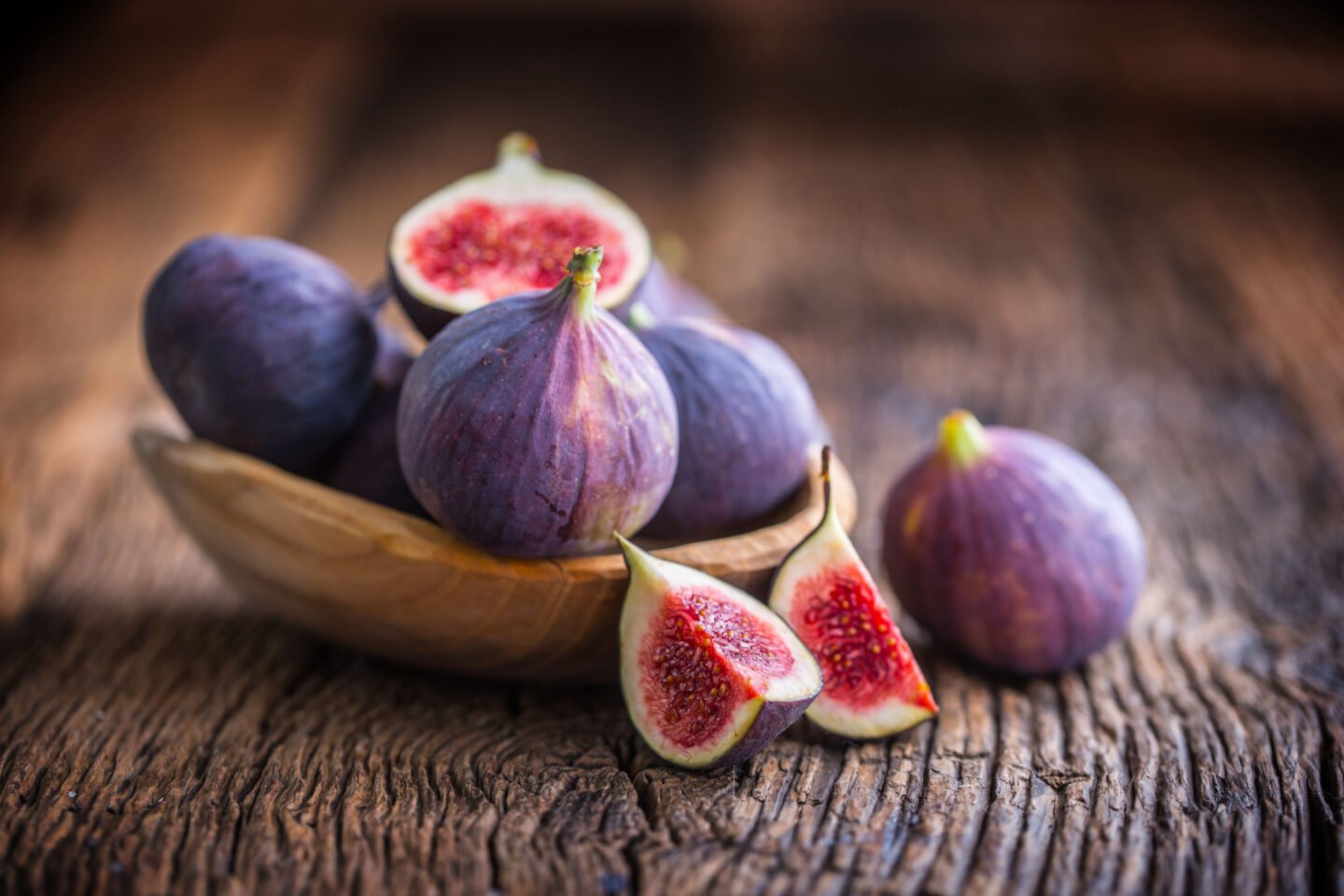
Figs have a pH of around 5.05-5.98 and are an excellent source of potassium and calcium, which improve bone density, and preventing osteoporosis.
They also contain potent antioxidants that reduce inflammation, preventing heart disease and cancer.
10. Peaches
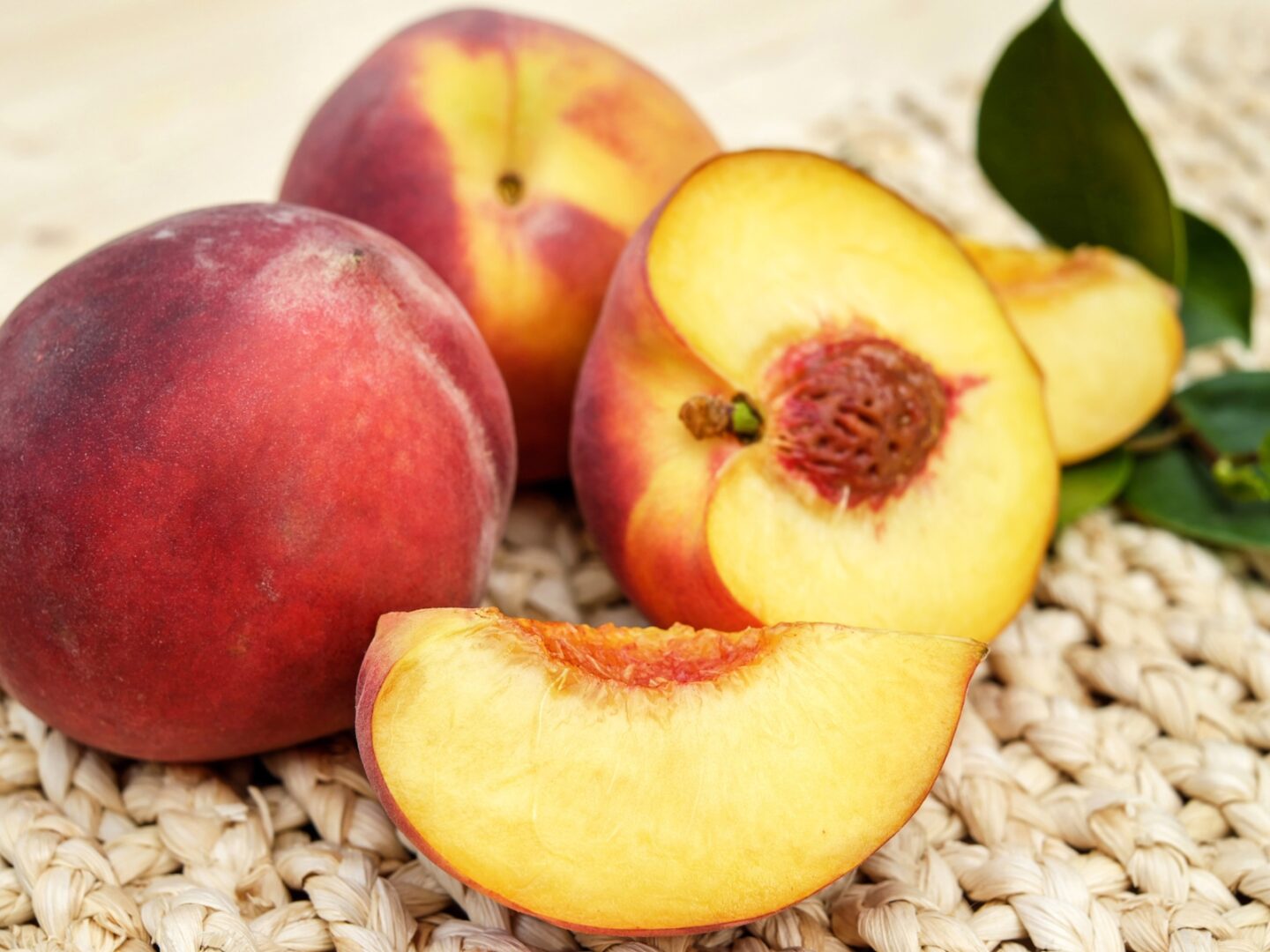
Although they have a pH of around 3.30-4.05, peaches don’t irritate your esophagus or stomach.
They’re also an excellent source of niacin, vitamin C, vitamin E, potassium, and pantothenic acid.
Conclusion
Although most fruits on this list are slightly acidic, they're alkaline-forming and safe for those on a low-acid diet.
Don't know what to drink? Check out these articles: 20 Most and Least Acidic Juices and 20+ Alcoholic Drinks Ranked by Acidity Level
Sources: FDA
